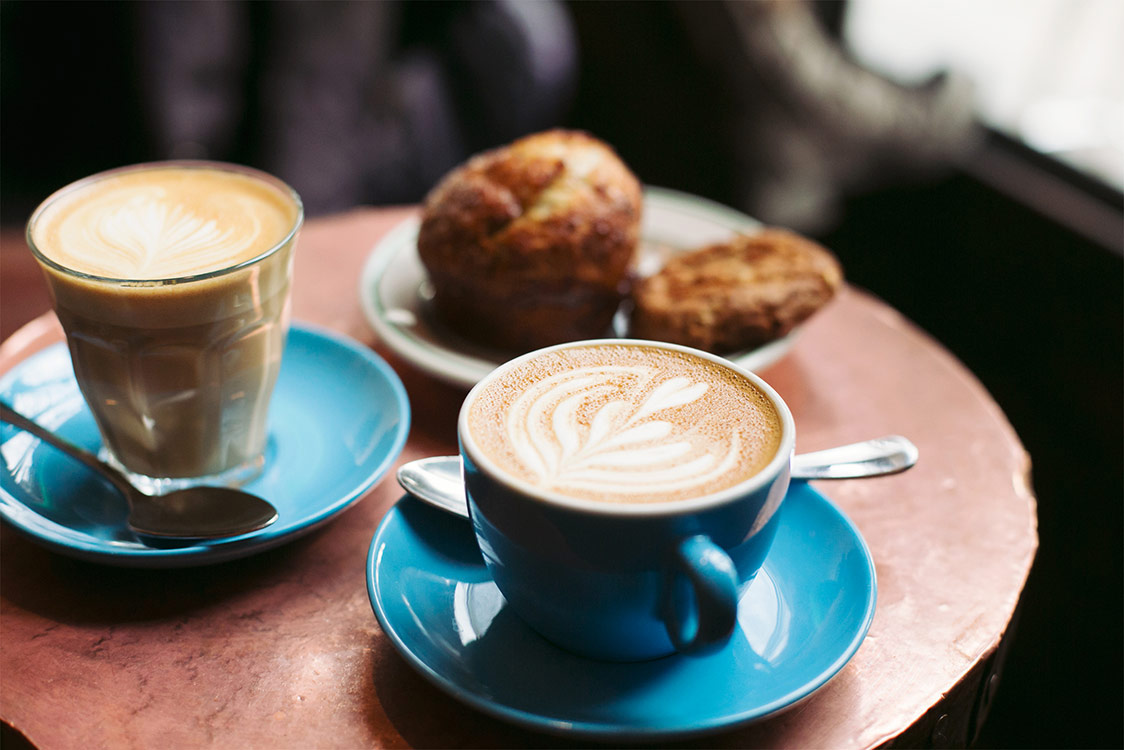With a café on nearly every corner in many cities around the globe, it comes as no surprise that coffee is one of the top beverages worldwide.
Different types of coffee are served in hundreds of cafes in Tehran as well as other major Iranian cities.
“There are a total of 1,500 licensed juice, ice cream and coffee shops in Tehran, 250 of which are coffee shops,” Eskandar Azmoodeh, the head of Juice, Ice Cream and Coffee Shop Union of Tehran, told Financial Tribune in an interview.
Some 300-400 such outlets are unlicensed in the capital city, he added.
The Juice, Ice Cream and Coffee Shop Union of Tehran was established in 1953 and as its name suggests, it is tasked with issuing business licenses and overseeing juice, ice cream and coffee shops across Tehran.
It also inspects such shops in terms of health and prices.
In case of a violation, the union’s inspectors initially issue warnings and if the problem persists, violators are fined, or in more serious cases, the shop is closed.
Azmoodeh believes that coffee shops are not doing badly in recent years.
“The coffee shop business in Iran is seasonal,” he said, adding that in cold seasons sales decrease by 30-40%.
He noted that due to high costs (pertaining to rent, tax, wage, etc.), coffee shop owners’ purchasing power for buying high quality raw materials has decreased and they have not been able to expand and improve their businesses like they really want to.
With regard to the range of services, Azmoodeh said coffee shops take a variety of orders, including iced coffee, Turkish coffee, tea, ice cream, dessert, cake, chocolate and sweets.
In the past few years, he explains, menus have become more varied and more items have been added to cater to a wider range of tastes and café goers.
The official noted that prices can vary depending on the quality and size of containers.
Experts and inspectors from the union evaluate prices and in case they are deemed unfair and unacceptable, violators are fined.
Very Long History
As the world’s third most consumed beverage, after water and tea, coffee beans are in high demand everywhere.
Second only to oil, coffee is the world’s second most traded commodity, with about half a trillion cups of coffee consumed annually. That puts it ahead of commodities like natural gas, gold, sugar and corn.
Although drinking coffee has a very long history in the country, the beverage lost its place to tea over time among Iranians.
The history of drinking coffee in Iran dates back to the 9th century AD when mendicants used the drink to help them stay up for overnight rituals.
The drink became very popular in Safavid era in the 16th century when a well-known pharmacist wrote a treatise on the characteristics of coffee, presenting it to one of the Safavid rulers.
Nevertheless, tea remains the favored beverage in Iran while coffee is mostly consumed in coffee shops, which have fast spread in Tehran and other large cities over the past years.
Coffee drinking and going to cafés have lately picked up in Iran, especially among the young people.
Looking to Invest?
On the subject of establishing and running a coffee shop, Azmoodeh said those who intend to establish a coffee shop initially need to submit the necessary documents to the Ministry of Economic Affairs and Finance, Ministry of Health, the Municipality and an insurance firm before they can obtain a license.
A juice or ice cream shop must have an area of at least 14 square meters, while for coffee shops the minimum is 20 sqm.
After the applicants hand in their documents, the union provides mandatory training. All license holders have completed training courses.
“Coffee shops are not cheap to establish and run,” Azmoodeh said.
On average, an investment of 1-1.5 billion rials ($24,420-$36,630) is needed to establish and equip a coffee shop from scratch.
According to Azmoodeh, about 80% of all coffee shops in Iran are set up in rented places.
It is not really clear how long it takes for investors in this business to recoup their investment, “but generally it takes 2-3 years”, he added.
Each coffee shop creates 2-3 direct jobs on average, depending on the size of the coffee shop and the range of services it offers.
According to Business Insider, coffee exporting alone is a $20 billion dollar industry, mostly consumed by industrialized nations while it is produced by the world’s underclass. The top three producers of coffee are Brazil, Vietnam and Columbia.
Over 500 billion cups of coffee are drunk worldwide every year. Finland drinks the most coffee per capita in the world.
According to Coffee-statistics.com, coffee shops make up the fastest growing part of the restaurant business, checking in with a 7% annual growth rate.
World coffee production is estimated at 110-120 million bags per year.



